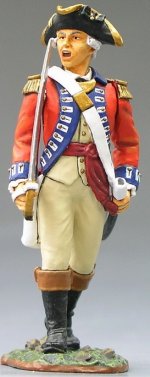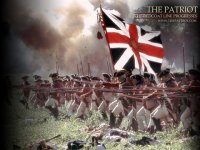No, not me! I was piling on with Ron, perhaps, but I enjoy Gibson's performances as an actor, even in the horrible, horrible movie with Helen Hunt, where he turned all sensitive. And "The Patriot" 's faults aren't Gibson's, but the director's. And I don't know if "Braveheart" 's historically dubious points can be laid at Gibson's door, either.
Of course, he has baggage, in the eyes of the mainstream media, because of his remarks when arrested for DUI, and for his father's adherence to a schismatic church, so that serious analysis of his work is often now dismissed right away with an attitude that he should be dismissed as "right wing", pre-empting any further discussion. Such is the world we live in. "Four legs good, two legs bad", and so on.



